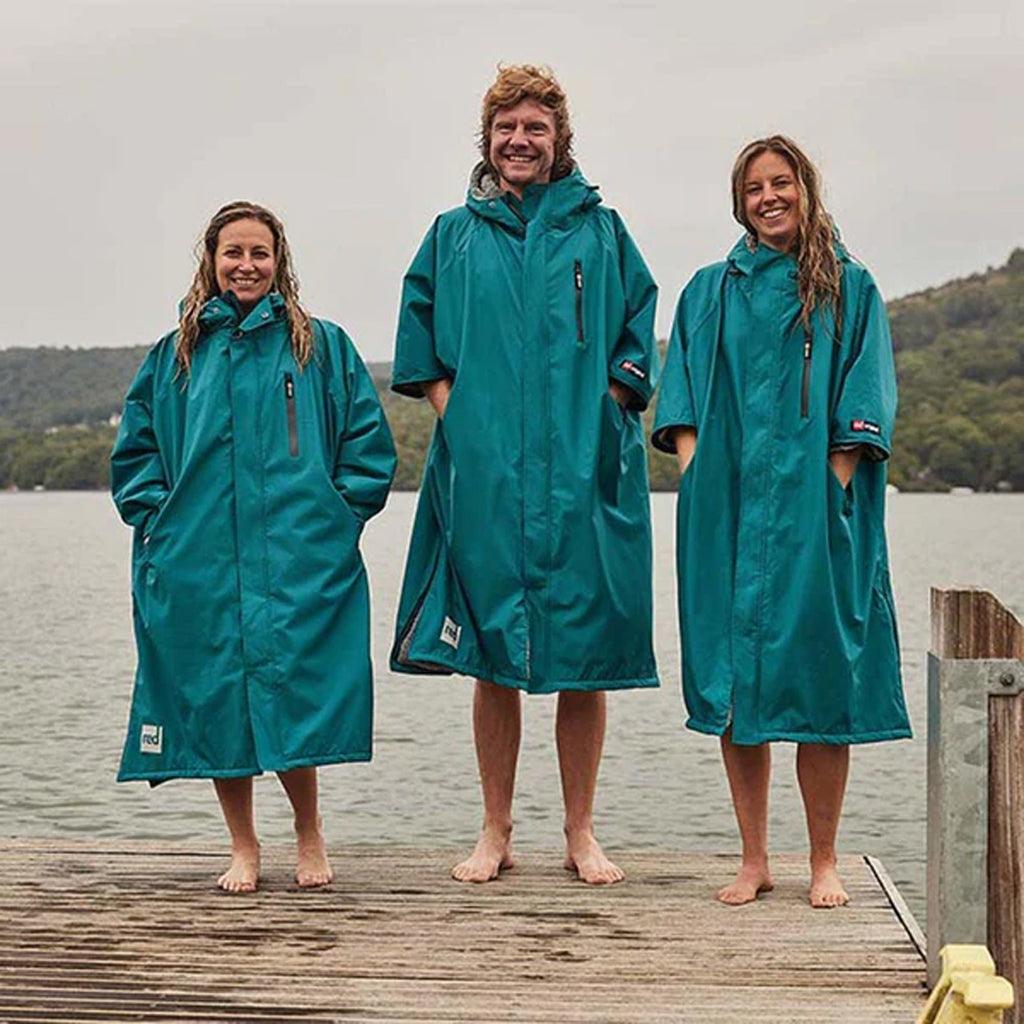Types of Swim Caps & Their Benefits
 Whether you’re an experienced swimmer or a novice, there are huge advantages to wearing a swim cap. But which type is the best and why?
Whether you’re an experienced swimmer or a novice, there are huge advantages to wearing a swim cap. But which type is the best and why?
The most popular materials for swim caps are silicone and latex. Historically, the latex swim cap was one of the first kind available during the 1920s and is still popular to this day. Silicone caps are a more recent development, including those made from a more modern material called neoprene.
Swim Cap Characteristics
A latex swim cap is made from an extensible rubber-like material which is thinner than the silicone products. These caps tend to be uniform in colour, other than a printed logo, whereas silicone or lycra caps can feature several colours.
Latex caps also tend to have a matte finish and smell rather like a balloon. Silicone caps are shinier.
The most significant advantage of a latex cap that it is inexpensive while still keeping the hair out of the face and protecting it from swimming pool chemicals, especially chlorine.
The latex swim cap has a tight fit because of its thinness. Consequently, it produces less drag than other types of swim caps. This also explains why a lot of competitors prefer a latex cap.
 Because it is so thin, it constricts your head less than a silicone swim cap and is more comfortable to wear. It is also often easier to put on than a silicone or neoprene swim cap. This applies particularly when the swim cap and the hair is wet. Putting a swim cap on dry hair is much more difficult. If you want to do this, you might be better off using a Lycra swim cap.
Because it is so thin, it constricts your head less than a silicone swim cap and is more comfortable to wear. It is also often easier to put on than a silicone or neoprene swim cap. This applies particularly when the swim cap and the hair is wet. Putting a swim cap on dry hair is much more difficult. If you want to do this, you might be better off using a Lycra swim cap.
Latex caps are a popular choice by triathletes as they can be written on by a marker if they need to write a starting number on the cap.
Another advantage of its thinness is that it’s easier to put two latex swim caps one on top of the other. Some swimmers like to do this so they can hide the strap of the swim goggles between the two caps and in doing so reduce drag yet feel comfortable.
Silicone caps are more durable and last longer than the latex versions. The smooth edges protect hair from breaking and are easier to put on and take off. Dome-shaped caps and a lack of wrinkles also help to reduce drag in the water. These caps are the preferred option for competitive and fitness swimmers.
Some Disadvantages
One of the most significant problems is that certain people are allergic to latex. This was one of the reasons that lead to the development of silicone swim caps.
Also, a latex cap has the shortest lifespan of all types of swim caps. One reason for this is that it tears faster because of its thinness. Another reason for this is that after a while the latex deteriorates due to the chlorine found in most swimming pools. When that happens, the cap starts to get viscous and sticky. Because of its thinness, a latex cap offers less isolation in cold water than other types of caps, especially silicone.
One disadvantage of a silicone caps is that it can sometimes slip off your head because the material is so smooth.
The manufacturing process for latex caps only allows for simple shapes. So, if you want to have a swim cap with a more interesting shape or pattern, you’ll have to resort to other materials, which most likely will be silicone.
Conclusion
If you aren’t allergic to latex and want to have a swim cap that gets the job done, is inexpensive, comfortable and has a discreet look, then a latex swim cap might be a perfect fit.
However, if you’re a serious and competitive swimmer or a triathlete, then you will most certainly opt for a silicone swim cap.
Check out our full range of swim caps here.







